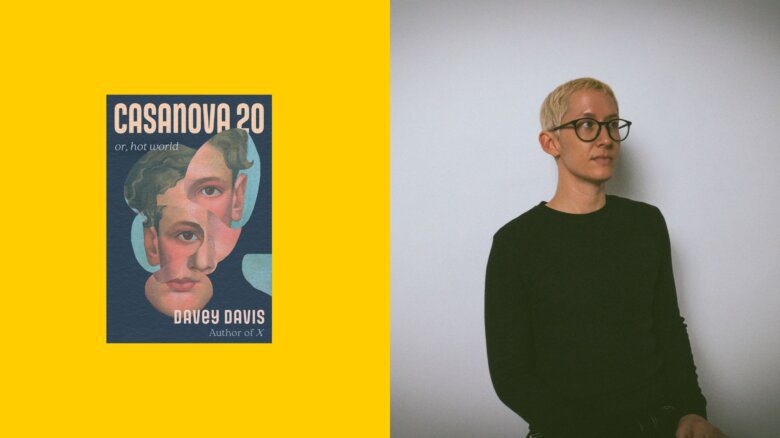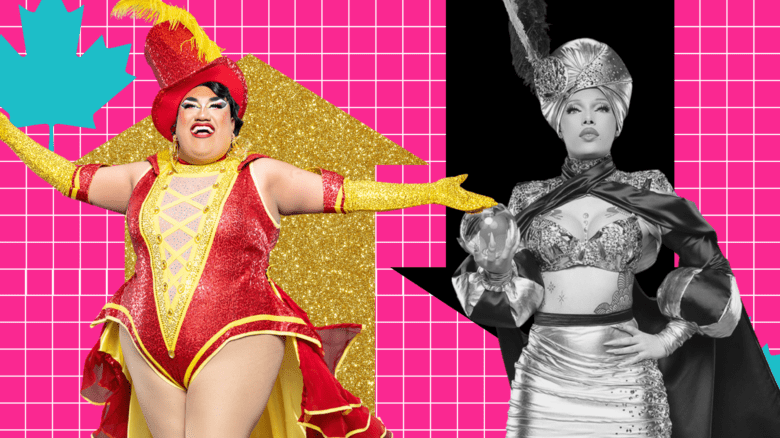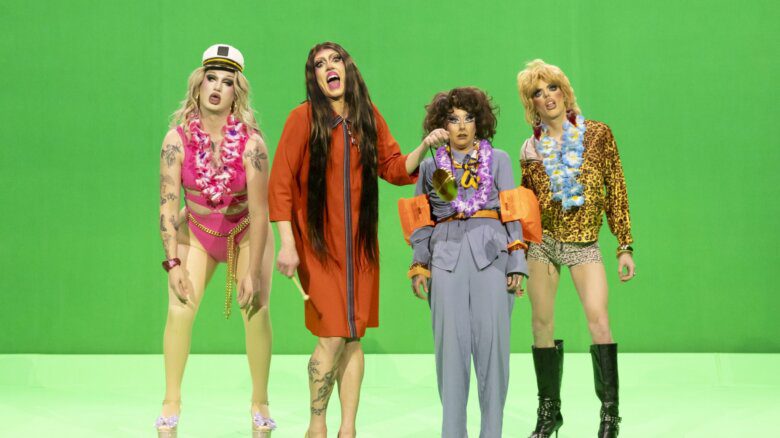Lucy lives in an abstract haze, attempting to interpret and integrate the surrounding world into her own special understanding. She’s a loner by nature, due partly to being abandoned by her mother at an early age and compounded by the solitary nature of autism. Her existence as a mid-functioning autistic girl is explored in Damien Atkins’ new play, Lucy, opening Thu, Mar 8 at CanStage’s Berkeley Street Theatre (downstairs).
Puberty has recently arrived with a vengeance, and Lucy (played by Meg Roe) and her father (Tony Munch) have been knocked for a loop by the arrival of her estranged mother Vivian (Seanna McKenna, who starred in Atkins’ Good Mother at Stratford in 2001).
Viv’s had quite an interesting life, herself, since departing shortly after Lucy’s birth. She’s a celebrated paleoanthropologist, excelling in her chosen field but feeling quite out of touch with her own emotional sense of being.
The mother-daughter reunion is far from ideal. Vivian tries to sort out her feelings for this challenging offspring, while Lucy grapples with skewed observations of the new woman in her life.
“It’s not just about autism,” says Atkins. “It’s about motherhood, and what’s sacred about motherhood. What happens when you violate that?”
The genesis of Lucy took place several years ago, when Atkins was cast in a television role playing an autistic man. While researching the character, he began questioning the nature of the disorder and society’s perspective of those afflicted.
“It’s really a discussion of what is normal,” he says. “Autism encompasses a wide spectrum of abilities, and you realize that a lot of autistic behaviours are really human behaviours magnified. It’s an interesting doorway to discussing normal or appropriate human behaviour.
“If a person is mildly autistic, should they rehabilitate themselves, or does it just make you antisocial? What is disability and what is human eccentricity?”
Atkins goes a step further, examining the nature of labels when it comes to the differently abled.
“There are some schools of thought that say there’s nothing wrong with autistic people, but rather that the world isn’t set up for them,” he says. “For example, if you have people in wheelchairs who go to the symphony, and there’s wheelchair access, then they’re not disabled in that situation because they’re functioning like everybody else. They only become disabled if they can’t function in that situation.”
The play highlights Atkins’ philosophy by showing Lucy’s internal monologue as being quite “normal,” while her dialogue with the other characters showcases the communicative difficulties inherent in her disability. The story is told from this complicated point of view, but focusses mostly on Vivian’s story as understood by her estranged daughter.
Director Eda Holmes is fascinated by the questions that Lucy raises in regard to expected motherly behaviour.
“I think for me it’s telling the story of a daughter watching her mother become her mother,” she says. “Vivian is laying claim to her role as a mother, which is very hard for her because of who she is as a person: a brilliant scientist and a less brilliant human being. She’s not comfortable in the realm of emotion, and her daughter helps to make peace with that part of herself.”
Joining Holmes on the creative team are set and costume designer Teresa Przybylski, original music and sound designer Marc Desormeaux and lighting designer Andrea Lundy.
Holmes finds the play’s commentary both timeless and relevant to the evolving social perceptions of women today.
“Even though we’re in the modern independent era, there’s still an expectation to be a mother. The examination of someone coming to grips with that is exciting and challenging.”

 Why you can trust Xtra
Why you can trust Xtra


